Slight Cupping in new walnut countertop
momtoollie
12 years ago
Related Stories
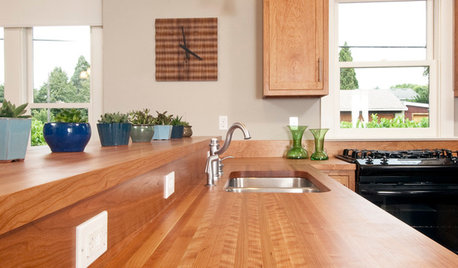
KITCHEN DESIGNWonderful Wood Countertops for Kitchen and Bath
Yes, you can enjoy beautifully warm wood counters near water sans worry (almost), with the right type of wood and sealer
Full Story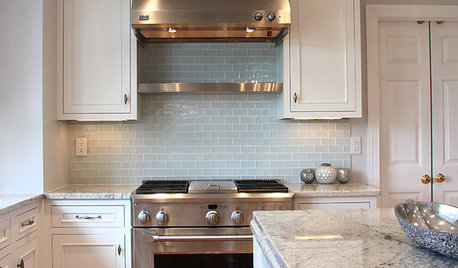
KITCHEN DESIGN5 Favorite Granites for Gorgeous Kitchen Countertops
See granite types from white to black in action, and learn which cabinet finishes and fixture materials pair best with each
Full Story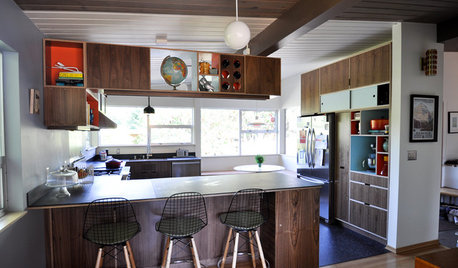
KITCHEN OF THE WEEKKitchen of the Week: Light, Chalkboard and Midcentury Style
Salvaged chalkboard countertops and walnut veneer star in an ecofriendly renovation of a Seattle family's midcentury kitchen
Full Story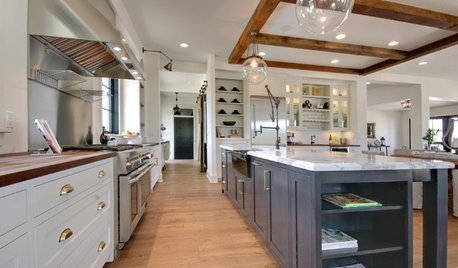
KITCHEN COUNTERTOPS10 Countertop Mashups for the Kitchen
Contrast or complement textures, tones and more by using a mix of materials for countertops and island tops
Full Story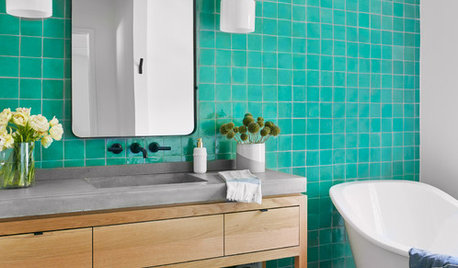
BATHROOM DESIGNBathroom Countertops 101: The Top Surface Materials
Explore the pros and cons of 7 popular bathroom countertop materials
Full Story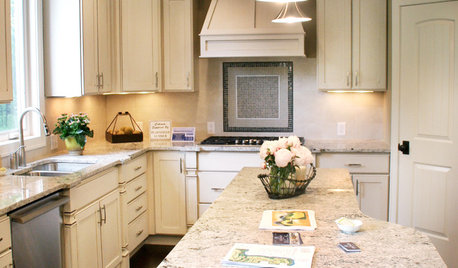
KITCHEN DESIGNKitchen Countertops 101: Choosing a Surface Material
Explore the pros and cons of 11 kitchen countertop materials. The options may surprise you
Full Story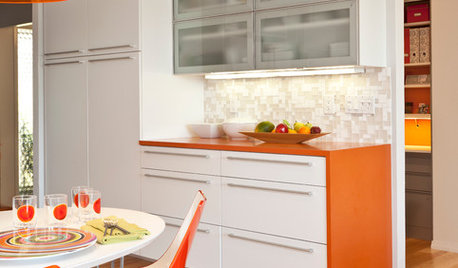
KITCHEN DESIGNCountertop and Backsplash: Making the Perfect Match
Zero in on a kitchen combo you'll love with these strategies and great countertop-backsplash mixes for inspiration
Full Story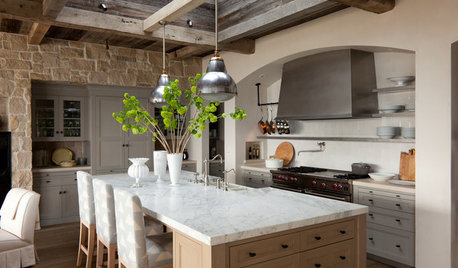
KITCHEN DESIGNHouzz Quiz: What Kitchen Countertop Is Right For You?
The options for kitchen countertops can seem endless. Take our quiz to help you narrow down your selection
Full Story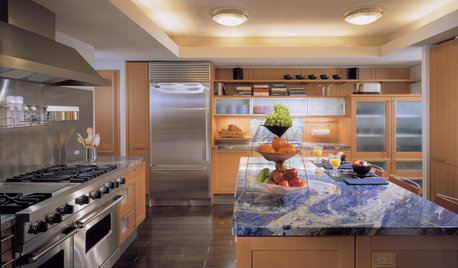
KITCHEN DESIGNAlternatives to Granite Countertops, Part II
Still looking for a new kind of countertop? Try sodalite, zinc, limestone, onyx and more
Full Story
KITCHEN COUNTERTOPS10 Top Backsplashes to Pair With Soapstone Countertops
Simplify your decision-making process by checking out how these styles work with soapstone
Full Story








Jon1270
momtoollieOriginal Author
Related Professionals
Lakeside Cabinets & Cabinetry · North New Hyde Park Cabinets & Cabinetry · Annapolis Carpenters · Brookhaven Carpenters · Cypress Carpenters · Dunedin Flooring Contractors · Gallatin Flooring Contractors · Glen Burnie Flooring Contractors · Laguna Beach Flooring Contractors · Moses Lake Flooring Contractors · Alum Rock Flooring Contractors · Thibodaux Flooring Contractors · Carlsbad Furniture & Accessories · Hastings Furniture & Accessories · Hilton Head Island Furniture & AccessoriesJon1270
brickeyee
sombreuil_mongrel
Jon1270
bobismyuncle
brickeyee
sombreuil_mongrel
brickeyee
Jon1270
sombreuil_mongrel
momtoollieOriginal Author
Jon1270
brickeyee
aidan_m
brickeyee
GreenDesigns